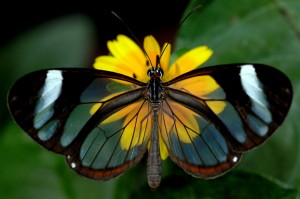Planet Earth II, the newest BBC wildlife documentary is premiering on BBC America on February 18, 2017!! If you have BBC, definitely watch! There are also more ways to watch, and you can find out how here. I will definitely be watching!
It is one of many series that involves Sir David Attenborough. You might remember Life, Planet Earth, The life of Mammals or The Life of Birds. These are just a few examples of the many entertaining and educational nature and science documentaries that have been made recently. The storytelling approach taken makes these documentaries engaging to the point that you feel connected to these animals, wanting the prey to escape or the predator to succeed in the hunt.
I really enjoy watching documentaries. I will watch a documentary on basically any subject from history to art to science. In fact, my love for and interest in science, particularly ecological and evolutionary biology, began when I started watching nature and wildlife television shows and documentaries at an elementary school age. I was not only exposed to new places, people, and wildlife that I never would have seen otherwise, but I was also taught a great deal about the ecology of animals, even though I would not have put it that way at the time.
I learned about species ranges and how geographic location can affect a species’ morphological traits. For example, the arctic fox has very thick fur that changes from a grayish brown in the summer to white in the winter to blend in with the snow.


I learned about very fundamental aspects of predator/prey dynamics through learning about how animals like cheetahs and lions hunt.

I also learned about reproduction and how mate selection occurs. There are so many different strategies exhibited by so many different species, and it is all really interesting to learn about and see.
These are just a few examples of what I learned, and when I was younger, I viewed watching these documentaries as purely entertainment and seeing the diversity of wildlife throughout the world. Not until I started taking more science classes, especially in college, did I realize the extent of what I learned through watching those documentaries.
Nature and science documentaries are a great way to learn more about the natural world for almost any age group, and I think they are a great way to spend time with family and friends. So I hope you are able to watch this newest series, and enjoy the stories about the amazing animals that live in this wonderful world.

